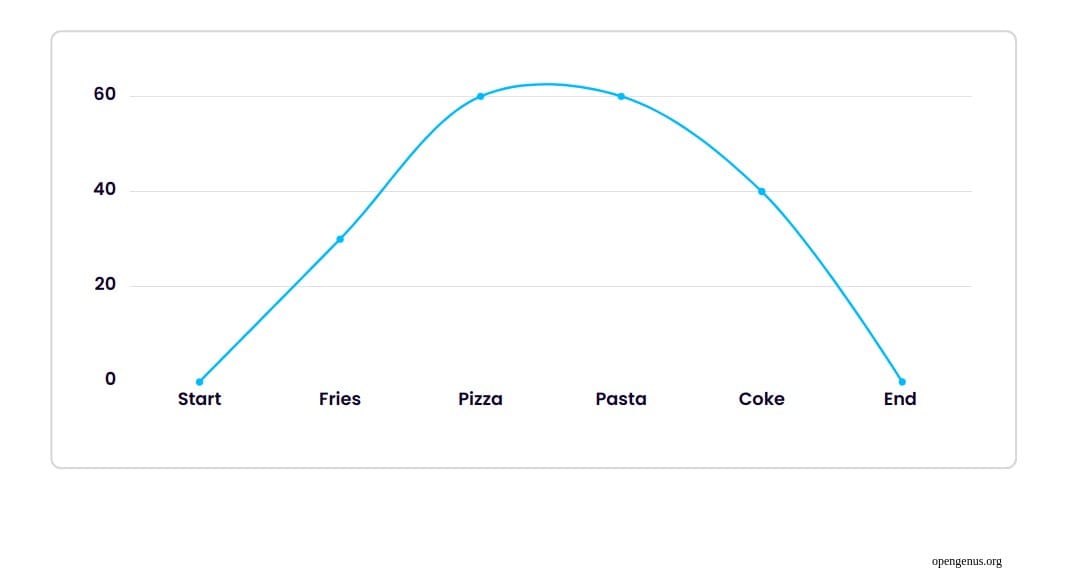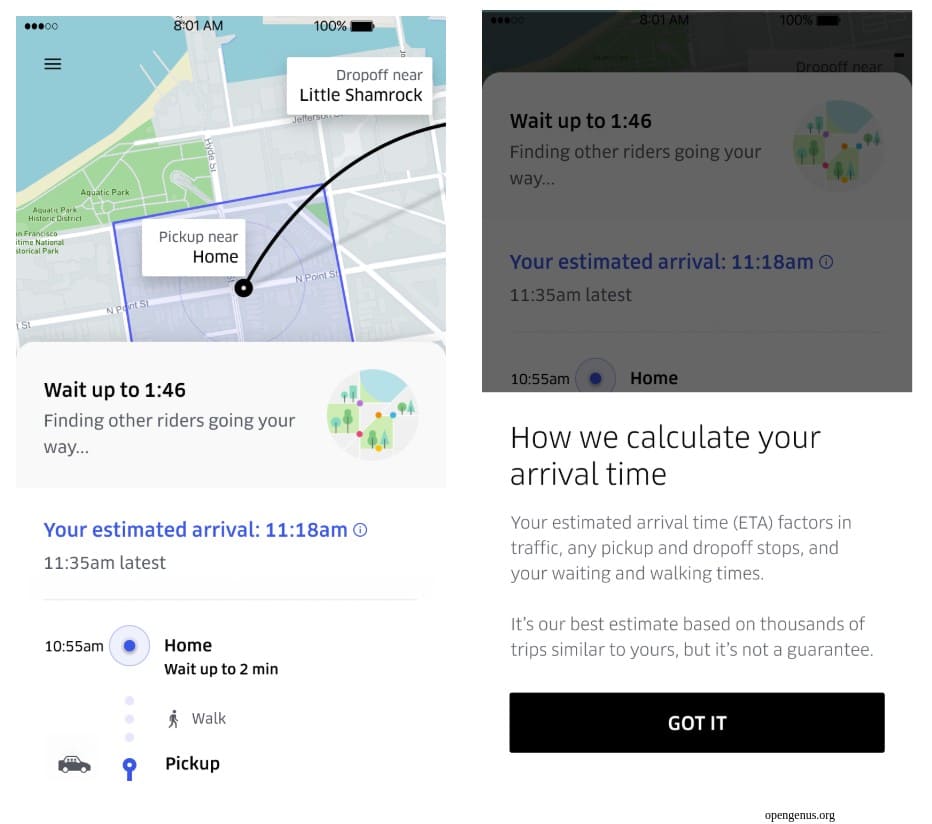
Open-Source Internship opportunity by OpenGenus for programmers. Apply now.
In this article at OpenGenus, We will look at how a psychological heuristic can affect the way we do things that is Peak End Rule and also aid in UX Designing.
Table of contents:
- What is UX Designing?
- Can we have a blueprint/roadmap to stick to?
- What is the Peak-End Rule?
- How is Peak-End Rule is used in UX Designing?
What is UX Designing?
We often hear the terms UI/UX. UX designing is more about creating a user experience taking into matter the brand, usability and design of a product at hand. The subset of UX is UI. UX designer's work goes beyond designing the UI that makes work for the user and hence, its the challenging one as there's multiple parameters into play. A UX Designer is concerned with other aspects such feel, pleasure, fun of the experience a product is delivering to its end users.
Can we have a blueprint/roadmap to stick to?
Every product is different from the other. The things that may have worked for one may or may not work for other products. A UX designer can only design the experience, in the end only a user can like or dislike it. The primary focus of a UX designer should to be place himself in the position of the user and look things from his perspective. Is the product giving me the required functions? Is the experience enjoyable for the user? How much accuracy are the user's getting? How much efficient is the product?. The why's, what's and the how's really distinguishes a good from a great UX designer. The greatest selling asset for a great UX designer is to take an eagle's eye view and look at the process from start to the end of a product which the company is offering and how pleasing should it be to the intended audience. There is no perfect UX design. He is similar to a movie director, they both design their products in a way that evokes emotions from their users. They can't obviously control emotions of the audience but can manipulate it through the medium(In case of a movie it is the film and in case of UX designer, it's the product). That's the main idea.
What is the Peak-End Rule?
If there's a problem to be solved at hand we always want to take the shortest path to get to the solution. Isn't it? Heuristics are the way humans come to conclusions about problems or make decisions about them easily. Our intution and decision making is often biased. Relevant facts or concepts should be taken in consideration for solving a problem, heuristic solutions aren't always accurate or correct. With the incomplete information available, heuristics take necessary parameters into effect and get to a solution. Herbet A Simon introduced heuristics and said that there is a limitation to the decision making. Amos Terversky and Daniel kahneman have added to it by their findings on cognitive bias.
In a study named "When More Pain Is Preferred to Less: Adding a Better End" by Daniel Kahneman, Barbara Fredrickson and others they found an idea called the Peak-End rule. This has changed a lot of fields in the way they managed consumers mostly. The Peak-End rule if summarized:
- For a user of a product, the most memorable phases of an experience is the peak and the end. If the peak is good and the end is great, the users will take the experience as memorable one.
- Users will also remember bad experiences more than good.
- The situation where the product is most valuable should be designed in such a way that for user it is smooth.
- If the peaks of an experience is bad and the end is good, it will make it a bad experience. So, the collective average of an experience doesn't matter as long as the peaks and end is satisfactory.
The biases responsible for this rule are:
- Memory bias
- Recency bias
Memory bias: This bias is responsible for the peak of an experience. Through many studies Dianel Kahneman concluded that one only recollects what they felt during the highest point in an experience.
Recency bias: This bias is responsible for the end of an experience. When ever the end of an experience is to the liking of the user, they are going to be retained.
Real life example:
If let's say a person's favourite items are pizza, pasta and coke as a beverage and that person goes to a RISTORANTE, he happens to be a lucky customer and gets a free food and beverage.
Now we try to graph the experience, it looks something like this:
where the items on x axis are indicating the food items ordered from start to end of an experience- fries, pizza, pasta, coke in the order. The peaks show the places where the person felt emotionally connected with the food. The person if is not focused on the negative aspects of the place but on the good will find the experience to be great.

How is Peak-End Rule is used in UX Designing?
We have all booked a cab at the middle of the night on a lonely street in a dangerous area. 'Uber' is the app we turn towards mostly. Uber is masterful in the way it engages the customers without making them feel it was a bad experience.
How?
When we look at a typical user experience of booking a cab. It has opening the app, entering the destination address, waiting for a cab driver to accept it, getting into the cab, arriving at the destination.
Now, where is the product most valuable? It is valuable when serving requests to cab drivers about our pickup and destination and helping us get safely. Obviously we can't expect a cab driver to get to our pickup point in 10 seconds.
This is where Uber excels, the point where we wait for the cab is where we feel bored, anxious etc. According to the behavioral research by Uber there are 3 major findings.
-
Idleness aversion: People want to engage is some activity, they dislike the idea of being busy.
-
Operational Transparency: Users want to know how the app works on the inside, but not more than they can grasp.
-
Goal Gradient Effect: Motivation of a user is maximum when they are nearing the destination.
From the above, they have designed their application is such a way that they are able to distract, explain, gain feedback in the entire experience.
- They distract a customer or make them busy by tracking the driver and showing their moves on the application.
- They are able to explain the way they calculate their fare thereby, increasing the trust factor.
- They are able to get feedback by ending user experience on a high note. Even though the experience with driver may/maynot be in the hands of Uber but their app surely helps to get feedback on any discrepancies which might have been there.


